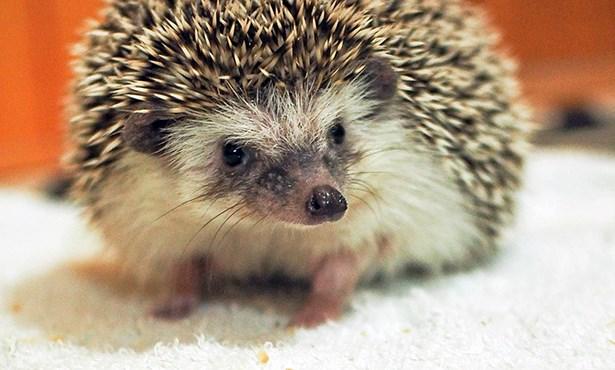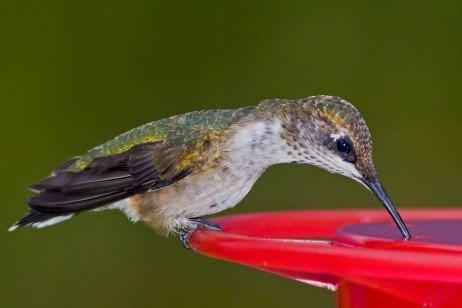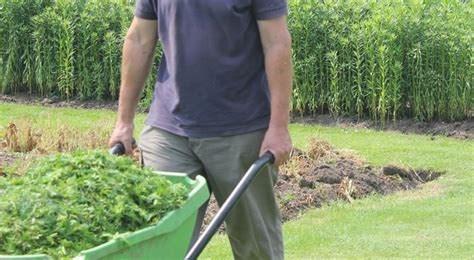
2 minute read
Use Caution with Spreading Plants
lower spine by 15 times. Stand close to the object when squatting down to lift.
If lifting an object, particularly if heavy, onto a shelf, keep the object close to you and walk toward the shelf rather than stretching your arms out.
Advertisement
Be careful when raising objects higher than your waist, as this can throw off your balance. Standing with one foot slightly ahead of the other may help with balance. If lifting higher than your shoulders, you may need to lift less (if possible), or use a step ladder.
Make sure you plan ahead when lifting where the object will go. This avoids twisting improperly, carrying around heavy items, or lifting too much too high.
Make sure you have good footwear to provide solid support, and that surfaces you’ll stand or walk on when lifting and carrying aren’t slippery, or with hazards such as cords, ropes, or stones.
If lifting large items that obstruct your full vision, make sure you know where you’re going first; that there aren’t obstructions below or above.
Don’t twist or turn at the waist while lifting; turn your whole body instead, leading with your waist and not shoulders.
Don’t ignore pain. The saying of “no pain, no gain”, doesn’t apply here. Take time to rest if your body calls for this.
If you’ve been sitting, stretch your muscles when getting up before beginning to lift.
As with any garden activities, do 15 repetitions or so, then rotate to another activity. Especially in the case of lifting motions, doing too many and getting tired often leads one to start using the back and lifting improperly.
Kind hearts are the gardens, Kind thoughts are the roots, Kind words are the blossoms, Kind deeds are the fruits.
By Rosie Lerner, Extension Consumer Horticulture Specialist, Purdue University
People often select plants first for their beauty and second for their functionality in the garden. Frequently, we don’t know or don’t consider a plant’s behavior when we’re selecting them.
Almost by definition, a species that is an effective ground cover will have a spreading habit. But does that make the species aggressive or invasive? There can be much confusion about the meaning of the terms aggressive and invasive.
Some plants, given their optimal habitat, can become quite prolific in the garden. A plant can be considered aggressive if it spreads and has the potential to take over a garden area. However, some planting sites may call for an aggressive habit.
A spreading plant can be considered invasive if it can also escape the garden setting and move into natural areas (prairies, wetlands, and so on) and displace native vegetation. Truly invasive plants have the potential to dominate natural vegetation.
Many useful plants get bad reputations for their spreading behavior when they may simply be in the wrong place or managed the wrong way.
Some spreading ornamental plants have a high propensity for becoming invasive. You should always avoid using these plants in the landscape.
As you consider what to plant, it may seem that more and more plants are classified as invasive — and you would be correct. There are more invasive plants for several reasons, including an increasingly unstable climate, more gardeners who unwittingly plant invasives, greater scrutiny of invasives, and changes in species (that is, individual species have adapted to cooler or warmer environments).






